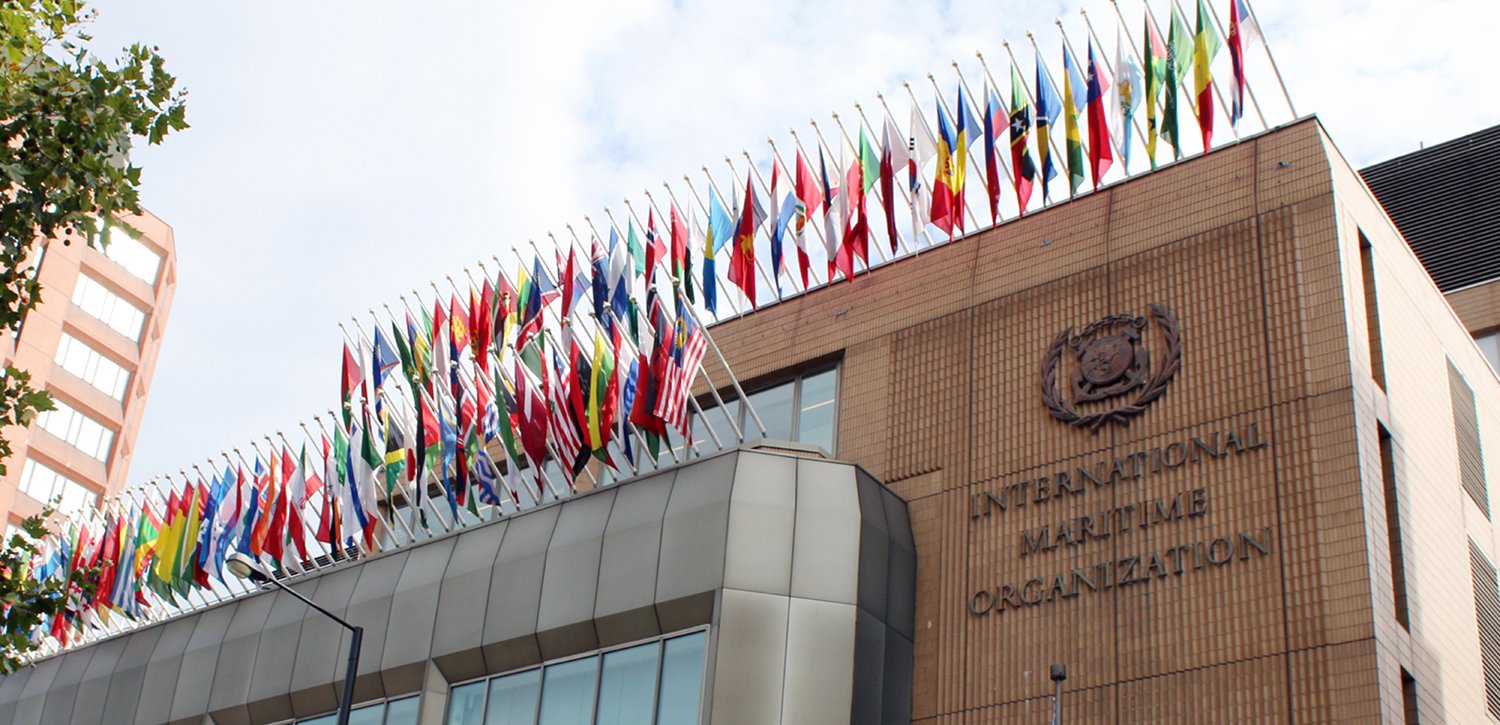In a bid to tackle the alarming rates of maternal and child mortality, the Katsina government, through the Ministry of Women Affairs said it has trained 34 traditional birth attendants (TBAs), equipping them with essential skills and knowledge through the specialized training.
The Commissioner of Women Affairs, Zainab Musa-Musawa, who spoke with journalists during the training session held in Katsina on Wednesday emphasized the importance of the initiative as she highlights that the one-day training will empower TBAs to enhance their performance in handling childbirth within their communities.
“This training is a significant step by the Katsina government to address maternal and child mortality,” stated Musa-Musawa. “It seeks to equip TBAs with the necessary knowledge and skills to effectively handle childbirth at the community level.”
Musa-Musawa further explained the training’s focus on maternal health and its role in improving outcomes for mothers and children across Katsina state.
“Reducing maternal and child mortality is our top priority,” she affirmed, stressing the importance of empowering TBAs with updated techniques and information.
According to Musa-Musawa, investing in training is essential to ensuring safer childbirth experiences for mothers and newborns. “The training covered various aspects of maternal health, including prenatal care, safe delivery practices, postnatal care, and recognizing and managing complications during childbirth,” she elaborated.
Furthermore, Musa-Musawa stressed the importance of educating participants on timely referrals to healthcare facilities when necessary. She underscored the need for continued collaboration to promote the health and empowerment of women and children in Katsina.
Echoing her sentiments, Health Commissioner Bishir Saulawa reaffirmed the ministry’s commitment to working with TBAs to improve the health and well-being of mothers and children. “Their role is invaluable,” he stated. “By providing them with the necessary tools and knowledge, we can make a real difference in reducing maternal and child mortality rates.”



